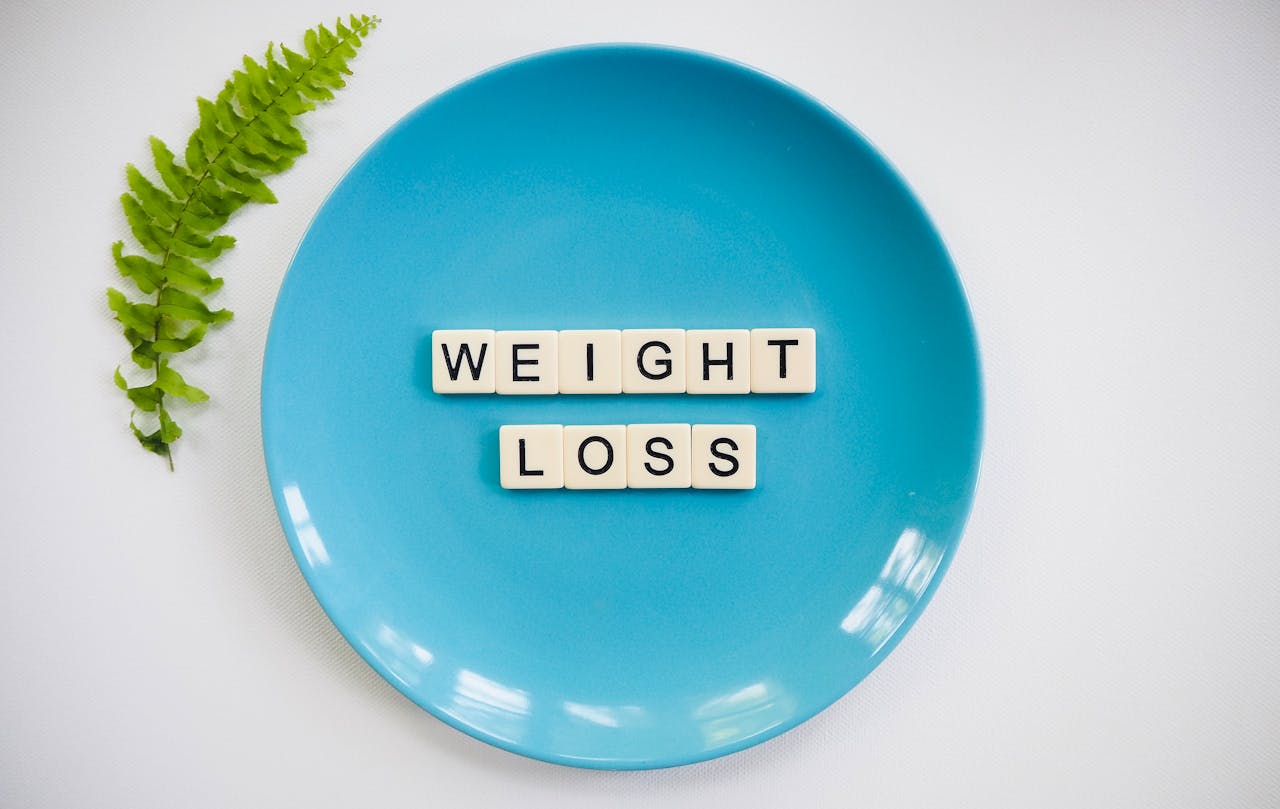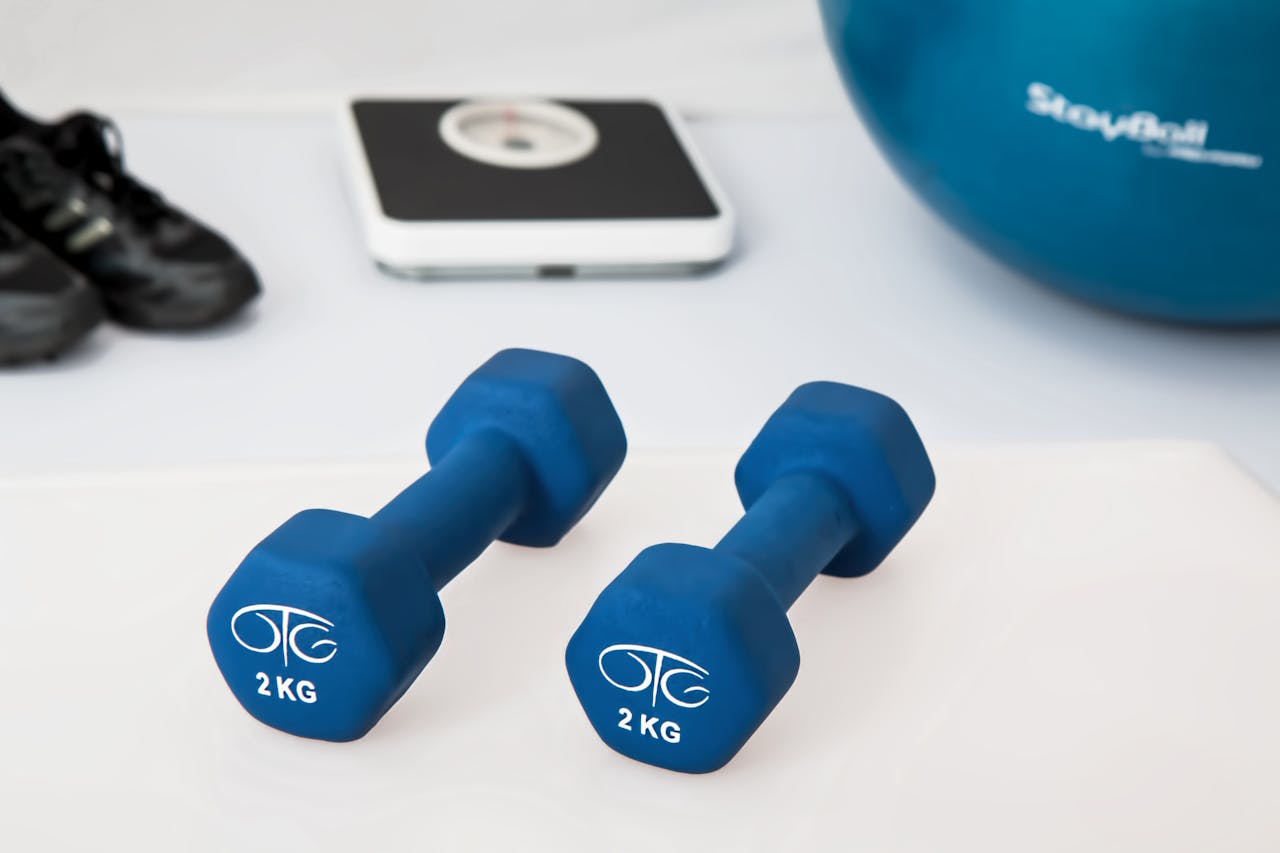When it comes to weight loss, there’s no shortage of advice—some of it helpful, but much of it misleading. With so much information available, it can be challenging to distinguish between fact and fiction. In this blog, we’ll debunk five common myths about weight loss that could be holding you back from achieving your goals.
1. Myth: You Need to Cut Out All Carbs to Lose Weight
The Truth: Carbohydrates have gotten a bad reputation in recent years, but not all carbs are created equal. While it’s true that refined carbs like white bread and sugary snacks can contribute to weight gain, complex carbs found in whole grains, fruits, and vegetables are an essential part of a balanced diet. These foods provide the energy your body needs to function properly and can actually support weight loss by keeping you full and satisfied. The key is to choose the right kinds of carbs and control portion sizes.
2. Myth: Skipping Meals Helps You Lose Weight
The Truth: Skipping meals might seem like an easy way to reduce calorie intake, but it often backfires. When you skip a meal, your body goes into “starvation mode,” slowing down your metabolism to conserve energy. This can make it harder to lose weight and easier to gain it back. Additionally, skipping meals can lead to overeating later in the day, as you may find yourself ravenously hungry and more likely to make poor food choices. Instead of skipping meals, focus on eating regular, balanced meals that keep your energy levels steady.
3. Myth: You Can Target Fat Loss in Specific Areas
The Truth: Many people believe that doing exercises like crunches or leg lifts will help them lose fat in specific areas, such as the belly or thighs. However, the concept of “spot reduction” is a myth. When you lose weight, your body decides where to shed fat, and it usually happens evenly across your entire body. To reduce fat in specific areas, focus on overall weight loss through a combination of healthy eating, cardio, and strength training exercises. Building muscle in targeted areas can help define those regions, but fat loss will occur where your body naturally chooses.
4. Myth: Eating Fat Makes You Fat
The Truth: Not all fats are created equal, and some are actually beneficial for weight loss. Healthy fats, such as those found in avocados, nuts, seeds, and olive oil, are essential for your body to function correctly. They help you feel full, support brain health, and even help regulate your metabolism. The key is to consume these fats in moderation and avoid unhealthy trans fats and excessive saturated fats found in processed foods. Including healthy fats in your diet can actually aid in weight loss by reducing cravings and helping you maintain a balanced diet.
5. Myth: The More You Exercise, the More Weight You’ll Lose
The Truth: While exercise is an important component of weight loss, more is not always better. Over-exercising can lead to burnout, injury, and even hinder weight loss by increasing stress hormones like cortisol, which can cause your body to hold onto fat. The most effective weight loss plan combines regular exercise with a balanced diet, adequate rest, and stress management. Aim for a mix of cardio, strength training, and flexibility exercises, and give your body the time it needs to recover between workouts.
Conclusion
Understanding the truth behind these common weight loss myths can help you make better decisions on your journey to a healthier you. Remember, sustainable weight loss isn’t about quick fixes or extreme measures—it’s about creating balanced, healthy habits that you can maintain for life. By focusing on proper nutrition, regular exercise, and self-care, you’ll be well on your way to achieving your goals and maintaining them in the long run.


